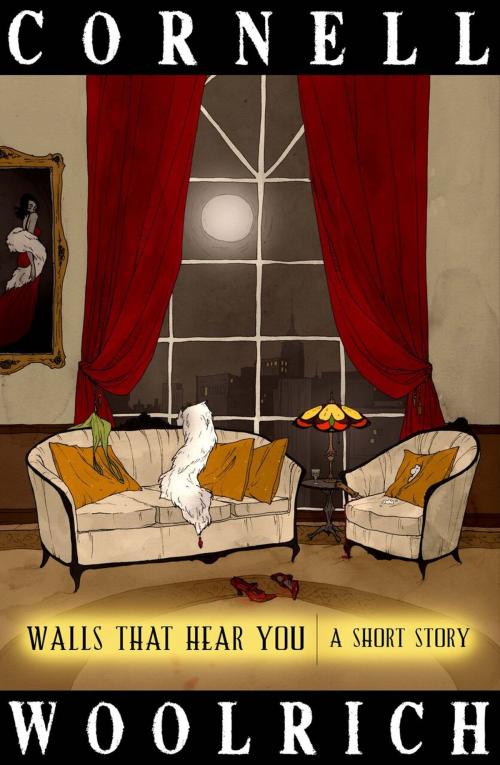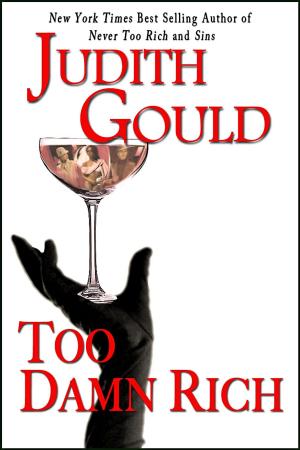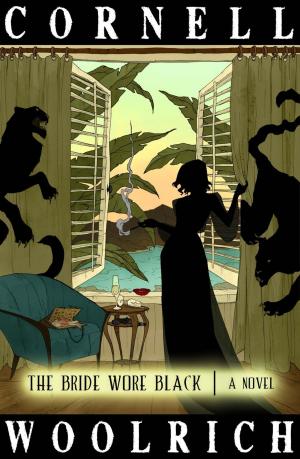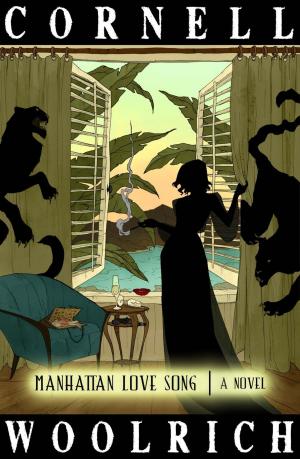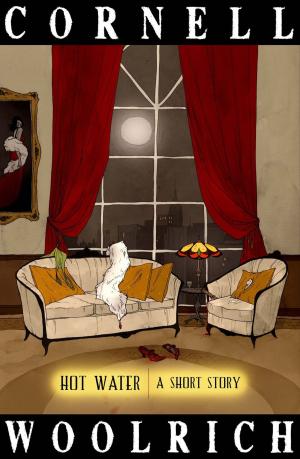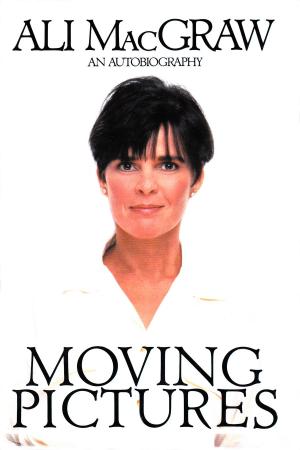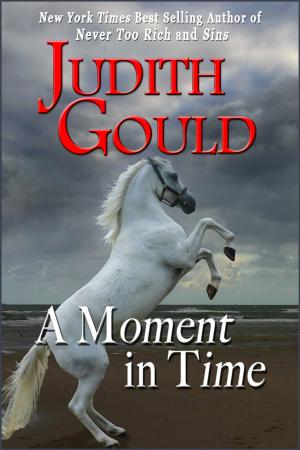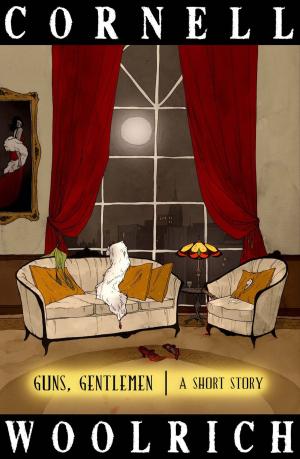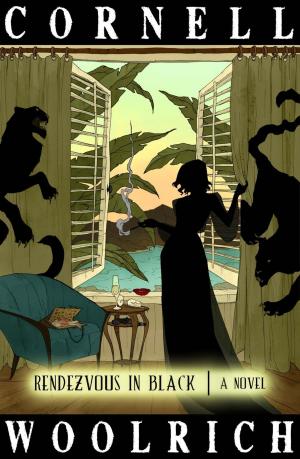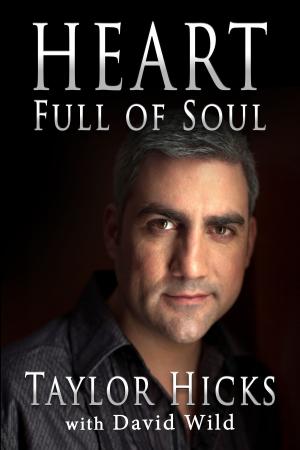| Author: | Cornell Woolrich | ISBN: | 9781938402517 |
| Publisher: | Renaissance Literary & Talent in collaboration with the Proprietor | Publication: | June 6, 2015 |
| Imprint: | Language: | English |
| Author: | Cornell Woolrich |
| ISBN: | 9781938402517 |
| Publisher: | Renaissance Literary & Talent in collaboration with the Proprietor |
| Publication: | June 6, 2015 |
| Imprint: | |
| Language: | English |
"Nothing beats a tale of fatalistic dread by the supreme master of suspense, Cornell Woolrich. His novels and hundreds of short stories define the essence of noir nihilism."-Marilyn Stasio, The New York Times Book Review
It’s unfortunate that Woolrich didn’t try the speculative fiction more often, since his scattering of horror stories, in particular “Dark Melody of Madness,” “Speak to Me of Death,” its novel version Night Has a Thousand Eyes, and “Jane Brown’s Body,” are among the greatest weird tales ever written. - Ryan Harvey, Black Gate
“Along with Raymond Chandler, Cornell Woolrich practically invented the genre of noir.” —Newsday
“Critical sobriety is out of the question so long as this master of terror-in-the-commonplace exerts his spell.” - Anthony Boucher, The New York Times Book Review
"No one has ever surpassed Cornell Woolrich for shear suspense, or equalled him for exciting entertainment." - Robert Bloch
"Woolrich can distill more terror, more excitement, more downright nail-biting suspense out of even the most commonplace happenings than nearly all his competitors." - Ellery Queen
"An opus out of the ordinary, highly emotional and suspenseful, with a surprise finish that turns somersaults." - The Saturday Review of Literature on "The Bride Wore Black".
"Revered by mystery fans, students of film noir, and lovers of hardboiled crime fiction and detective novels, Cornell Woolrich remains almost unknown to the general reading public. His obscurity persists even though his Hollywood pedigree rivals or exceeds that of Cain, Chandler, and Hammett. What Woolrich lacked in literary prestige he made up for in suspense. Nobody was better at it." - Richard Dooling
“He was the greatest writer of suspense fiction that ever lived.” — Francis M. Nevins, Cornell Woolrich Biographer
"Walls That Hear You" was first published in Detective Fiction Weekly on August 13, 1934. The magazine can probably be credited for launching the career of the greatest writer of suspense fiction. This story is the 2nd one that Woolrich delivered to the magazine in the crime fiction style - the first being "Death Sits in the Dentist's Chair."
The short, in genre and tone, leans away from the pulp Woolrich had been writing and moves closer to the noir classics that soon followed.
When Eddie Mason's brother opens the door to find a cop standing there he knew something had happened to Eddie. But when the cop informs him that his brother has been found on a deserted road with his fingers cut off and his tongue severed at its base, we soon find Eddie's brother on a quest for vengeance.
Classic films like Hitchcock's "Rear Window" and Truffaut's "The Bride Wore Black" and novels like "Night has a Thousand Eyes" and "Rendezvous in Black" earned Woolrich epithets like "the twentieth century's Edgar Allen Poe" and "the father of noir."
"Nothing beats a tale of fatalistic dread by the supreme master of suspense, Cornell Woolrich. His novels and hundreds of short stories define the essence of noir nihilism."-Marilyn Stasio, The New York Times Book Review
It’s unfortunate that Woolrich didn’t try the speculative fiction more often, since his scattering of horror stories, in particular “Dark Melody of Madness,” “Speak to Me of Death,” its novel version Night Has a Thousand Eyes, and “Jane Brown’s Body,” are among the greatest weird tales ever written. - Ryan Harvey, Black Gate
“Along with Raymond Chandler, Cornell Woolrich practically invented the genre of noir.” —Newsday
“Critical sobriety is out of the question so long as this master of terror-in-the-commonplace exerts his spell.” - Anthony Boucher, The New York Times Book Review
"No one has ever surpassed Cornell Woolrich for shear suspense, or equalled him for exciting entertainment." - Robert Bloch
"Woolrich can distill more terror, more excitement, more downright nail-biting suspense out of even the most commonplace happenings than nearly all his competitors." - Ellery Queen
"An opus out of the ordinary, highly emotional and suspenseful, with a surprise finish that turns somersaults." - The Saturday Review of Literature on "The Bride Wore Black".
"Revered by mystery fans, students of film noir, and lovers of hardboiled crime fiction and detective novels, Cornell Woolrich remains almost unknown to the general reading public. His obscurity persists even though his Hollywood pedigree rivals or exceeds that of Cain, Chandler, and Hammett. What Woolrich lacked in literary prestige he made up for in suspense. Nobody was better at it." - Richard Dooling
“He was the greatest writer of suspense fiction that ever lived.” — Francis M. Nevins, Cornell Woolrich Biographer
"Walls That Hear You" was first published in Detective Fiction Weekly on August 13, 1934. The magazine can probably be credited for launching the career of the greatest writer of suspense fiction. This story is the 2nd one that Woolrich delivered to the magazine in the crime fiction style - the first being "Death Sits in the Dentist's Chair."
The short, in genre and tone, leans away from the pulp Woolrich had been writing and moves closer to the noir classics that soon followed.
When Eddie Mason's brother opens the door to find a cop standing there he knew something had happened to Eddie. But when the cop informs him that his brother has been found on a deserted road with his fingers cut off and his tongue severed at its base, we soon find Eddie's brother on a quest for vengeance.
Classic films like Hitchcock's "Rear Window" and Truffaut's "The Bride Wore Black" and novels like "Night has a Thousand Eyes" and "Rendezvous in Black" earned Woolrich epithets like "the twentieth century's Edgar Allen Poe" and "the father of noir."
